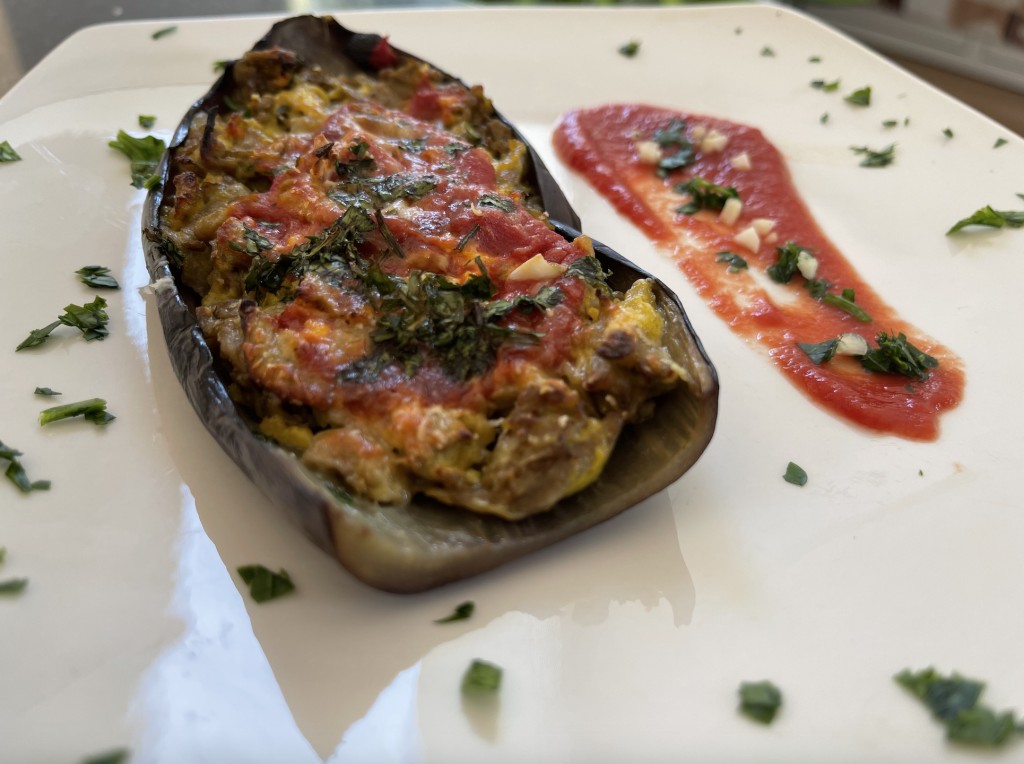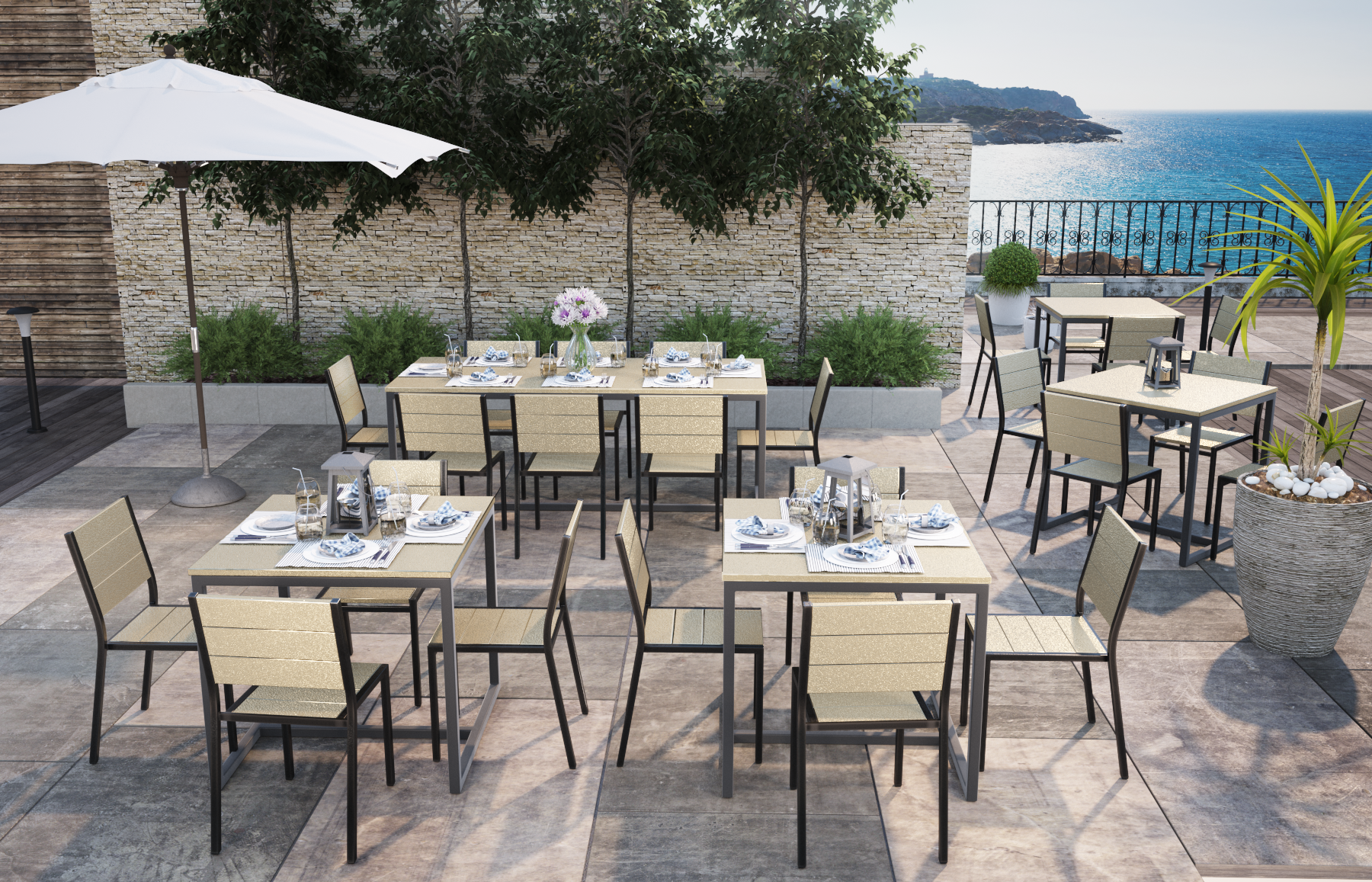Christmas in Italy is a magical time when the streets are adorned with twinkling lights, nativity scenes come to life, and the air is filled with the warmth of family and festivity. At the heart of these celebrations is the culinary tradition, where food plays a pivotal role in bringing loved ones together and creating unforgettable holiday memories. Let’s take a culinary journey through the traditional flavors and dishes that make an Italian Christmas a truly special experience.
As Christmas traditions evolve with the modern world, some Italians still place a strong emphasis on preserving the authentic and time-honored recipes passed down through generations. While modern twists on classic dishes can be exciting, there’s a deeply ingrained respect for preserving the heritage and essence of Italian culinary traditions. Christmas in Italy is a celebration of faith, family, and the joy of coming together around the dinner table.
Coming from a southern family, my experience with Christmas was especially based on the gathering of the whole family. Typically, there were no fewer than 25 people between adults and children. During the Christmas Eve dinner we sat at the table around 7pm and got up just before midnight, the time in which the procession began. Everybody stood up in line behind the youngest member of the family holding in his hand Baby Jesus and walked through the main rooms of the house singing Christmas carols, and at the end of the walk he placed him in the nativity scene. Following the ritual prayers, we all sat back at the table and opened the gifts under the tree.
On Christmas Day, we sat down around 12 and finished lunch after about 4 hours, just enough time to remove the tablecloths full of crumbs and still sitting at the table, we started playing typical Christmas games such as bingo or the merchant at the fair. Then, around 7, we started dinner which mainly consisted of leftovers from lunch which were generally always abundant. Hence the famous saying that my grandmother always repeated: “When you sit at the table you don’t get old”.
As I mentioned In Italy, Christmas is typically celebrated with two main festive dinners: La Vigilia di Natale (Christmas Eve) and Il Pranzo di Natale (Christmas Day lunch). The amount an Italian family spends on food for these two days can vary widely depending on factors such as family size, income, personal preferences, and regional traditions. It is common for families to invest a considerable amount in high-quality ingredients and traditional holiday dishes. This can include various types of meats, seafood, pasta, desserts, and, of course, special Christmas treats. The expenditure of Italians for lunch and Christmas dinner and will thus bring the overall cost of food purchases to exceed 2.8 billion euros.
Each meal has its own traditions and origins.
La Vigilia di Natale is often centered around seafood and vegetables, but the traditional dishes for Christmas Eve are very different throughout the Peninsula.
Northern regions
In Piedmont it’s not Christmas without agnolotti and mixed boiled meat, seasoned with sauces including bagnet ross and verd. Ravioli, green or meat, and cappon magro, a vegetable and fish dish, dominate the Ligurian tables: and if in Lombardy, surprisingly, one of the most traditional dishes is eel cooked in foil, in Veneto polenta is eaten with cod and boiled meat with sauces.
In Friuli we go for brovada and muset, a turnip and cotechino soup, with polenta, and then tripe with sauce and cheese and capon, and in Trentino-Alto Adige there are dishes of canederli, roasted venison or kid and to finish the dish there is strudel or zelten, made with dried fruit and candied fruit.
Center of Italy
Tortellini and passatelli, strictly in broth, tagliatelle and lasagne, but also pumpkin and herb tortelli, and ham and culatello: this is Emilia Romagna, home of good cuisine, especially meat-based. Although there are exceptions: like Modena, where fish is eaten, especially preserved fish. There you can enjoy spaghetti with tuna, mackerel, anchovies and tomato, but also stewed or fried cod.
Cod fish is also the protagonist on Christmas Eve tables in Lazio, where mixed fried vegetables and capitone also abound. In Rome, at Vigilia, you can’t miss fish soup or pasta and broccoli in sprightly broth. There are also spaghetti with anchovies, fried or pickled eel and chicory salad. And finally: Torrone (nougat) and pampepato, with lots of dried fruit to munch on. At Christmas, however, baked lamb is made with potatoes and cappelletti in broth, but also boiled meat or turkey.
In Molise we eat cardoon soup, brodetto alla Termolese, based on fish, and cod arracanato, made with breadcrumbs, garlic, bay leaves, oregano, raisins, pine nuts and walnuts, or the baked one with cabbage, parsley , breadcrumbs, raisins and nuts.
Tuscans enjoy liver crostini, but also roast guinea fowl or duck and livers or stuffed capon. Bardiccio, a pork sausage spiced with fennel, is also cooked. Campofilone maccheroncini are traditional in the Marche, but also cappelletti in broth, as well as in Umbria where they are sometimes filled with capon and pigeon. Roast lamb and boiled beef, but also lasagne and soups are protagonists in Abruzzo. Typical of the Teramo area are caggionetti, fried sweet ravioli filled with almonds and chestnut puree.
Southern traditions
Capon broth, spaghetti with clams, friselle, stuffed capon with topping salad and then struffoli, roccocco and dried fruit, it’s Campania, which shows up in style for the Christmas holidays. For Christmas Eve many eat capitone, the female eel. The reason is easily explained: being very similar to a serpent, the capitone symbolizes the victory of men over Satan, who took the form of this animal to tempt Eve.
There is no shortage of fish, meat and vegetables even in Basilicata, Calabria and Puglia. In the first, for the holidays, you eat escarole, cabbage and cardoon soup in turkey broth, and then boiled cod and bread with almonds. For dessert, we prepare the pescedde, sheets of pasta fried and seasoned with honey. Calabria shows off cured meats, from pancetta to capicollo, from soppressata to sausage, and then spaghetti with breadcrumbs and anchovies and kid or stockfish accompanied with sautéed Calabrian broccoli.
On the other side of the country, turnip greens and breasts (or pittule) are made, which are leavened dough pancakes stuffed with tomatoes, capers, oregano and anchovies, but also shelled prawns, turnip greens and ricotta. We also eat roasted eel and fried cod and then baked lamb with lampascioni, which are slightly bitter onions. Finally, the desserts: turdilli or cannaricoli and pitta ‘mpigliata.
In Sardinia you can taste culurgiones de casu, which are ravioli stuffed with tomato sauce, and then the inevitable malloreddus, semolina dumplings with sausage sauce. Salad of oranges, herring and onion, cardoons in batter, chicken in broth, pasta with sardines and beccafico reign supreme in Sicily. We also make sfincione, a typical onion-based pizza, which goes well with cardoons in batter and chicken in broth. Many desserts: from buccellati to cassata and cannoli.
Today’s recipe Stuffed Eggplant (vegetarian version)
Among the typical southern recipes that are made for Christmas Eve dinner there are stuffed eggplants. A simple dish and easy dish to prepare, that has old origins. Depending on the region, the filling of the eggplants can change, in some regions they use meat, in others they make them vegetarian. Below is the recipe for the vegetarian version, ideal for the Christmas Eve dinner.
We start by washing the eggplants well, then first remove the end with the stem with a sharp knife and cut them in half lengthwise. Using a spoon, extract the pulp and temporarily set it aside.
Place the egglants on a baking tray lined with parchment paper; add a little salt and a drizzle of oil, then put in a preheated oven and cook at 180° Celsius (350° F) for 25-30 minutes. Then let it cool. In the meantime, prepare the filling: In a bowl beat 4 eggs add a little salt and pepper. Cut the remaining pulp of the eggplant into small pieces and place it in a large pan we heat a drizzle of extra virgin olive oil and half a chopped onion. When the onion is golden, add the eggplant pulp and cook for a few minutes. Once also the pulp has reached a nice golden color, add the eggs and mix everything together until the eggs are fully cooked. Fill the eggplant with this mixture and add top it with a little tomato sauce, a generous sprinkling of grated parmesan and a drizzle of oil to each one and chopped parsley.
Bake at 180°C (350°F) for 15-20 minutes. Serve still hot after a few minutes of rest.
I hope you enjoyed my journey into Italian Christmas, I wish you all a peaceful Christmas together with your loved ones and I hope that my recipes can bring that touch of tradition to your table too.
So, until next month, I’ll see you in the Kitchen. Ciao.








